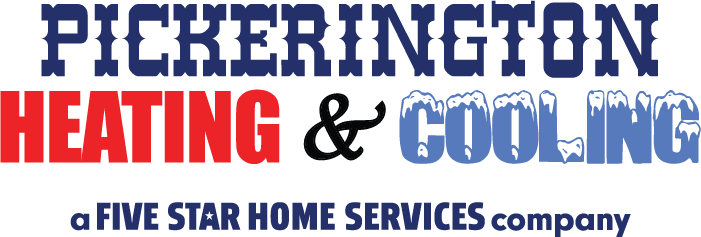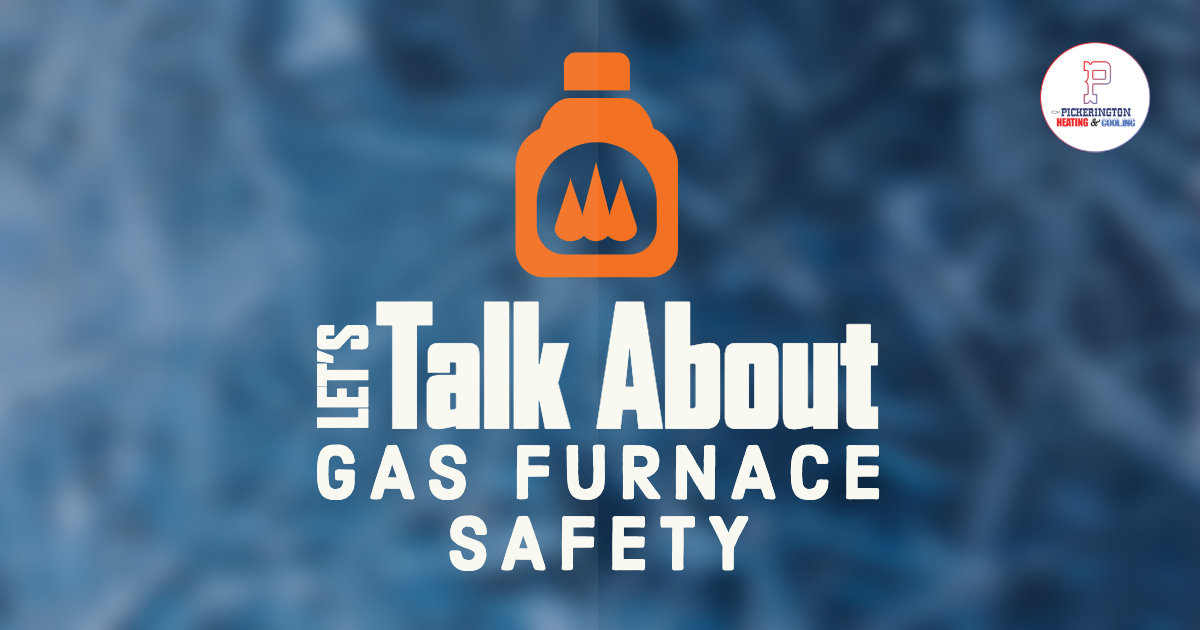We Want to Help You Stay Safe
October is National Fire Prevention Month. What better time to discuss gas furnace and safety tips and advice? Gas furnaces are more popular than electric furnaces for home heating. While the gas model furnace can be the more expensive band the electric model, the fact that electricity is more costly than natural gas will save money on utility bills in the future.
Both models are forced air heating systems, Cortana meaning that both directly heat air which is then circulated through your system stuck work and into your home. Those models can utilize the same ductwork that is used by your central air conditioning system.
Some people don’t like the idea of having natural gas flowing into their homes, however, modern technology ensures the safety and efficiency of today’s gas furnaces. In addition, there are a number of tips and ideas that can make gas furnace use even safer. Put them into practice through the winter months to prevent fire fires related to gas furnace use:
number one don’t ignore gas odors in your home if you do smell gas go to the main shut off valve and turn off the gas flow into your home. Do not turn electrical appliances or lights on or off and do not a night anything at all in your home. Don’t like matches or lighters, candles, lanterns, etc. Leave the house immediately and call your local fire department from a safe distance away.
Natural gas is odorless. The smell that indicates a gas leak is an additive called Mercaptan. If you notice an odor of rotten eggs or strong cabbage in your home, first open windows indoors for an hour or so in an attempt to alleviate the odor. If the smell remains, it may be an indication of a gas leak. Mixed together dish soap or laundry detergent and water. Rub the mixture on gas fittings that run to your furnace. Look for bubbles that form and this mixture. This will indicate the presence of a gas leak. Contact the fire department or your local gas company immediately.
1. All members of your household who are old enough to operate the shut-off valve should know where the main gas valve is located and how to shut it off in case of an emergency. The main valve is usually located near the gas meter.
2. Keep the area near your furnace clean and free of clutter. It is a good idea to vacuum or sweep the area on a regular basis.
3. Make sure you check your furnace filter once a month and change it at least once every three months in order to keep your system from becoming clogged. This can prevent effective airflow and cause permanent damage to your Furnace.
4. Regularly inspect the furnaces pilot flame to make sure that the flame is completely blue in color. Contact a professional HVAC technician right away if the flame is not blue.
5. Have your furnace system inspected and cleaned at least once per year by a licensed HVAC professional. This will turn up any issues that may need to be repaired as well as any that could potentially become problems later on repairs or replacements that must be made during peak usage season can be especially costly. Having your system clean annually will remove soot and debris buildup, ensuring that your furnace will perform efficiently throughout the winter as well as illuminating any fire hazard.
6. Install working carbon monoxide (co) and smoke detectors throughout your home. carbon monoxide parentheses Co parentheses are a concern for any home that has a gas furnace. It is a colorless, odorless gas that makes it nearly impossible to detect until carbon monoxide poisoning occurs. The symptoms of Co poisoning dash nausea, dizziness, headaches, and chest pain can become serious very quickly, even resulting in death. Carbon monoxide detectors warn you if the gas is present in your home, potentially saving lives.
Batteries in both smoke detectors and carbon monoxide detectors should be replaced twice per year period many people change them at the beginning of daylight savings time each year, using the event as a convenient twice-yearly reminder to do so.
7. Keep combustible items far away from your gas furnace. Don’t assume that several feet away is far enough. Store highly flammable items such as paint in paint thinner, cleaning supplies, boxes, and papers, etc, in another area of your house entirely, for safety sake.
8. Regularly check all walls and the ceiling area in the vicinity of your furnace. If you see discoloration or soot, have the ventilation of your system inspected by an HVAC professional as this indicates a broken seal, ill-fitted pipes, or some other issue that will need to be repaired right away.
Have Questions?
If you have any questions about gas furnace safety don’t hesitate to call us at Pickerington Heating & Cooling (614) 837-4026 or visit our website at pickheat.com.






